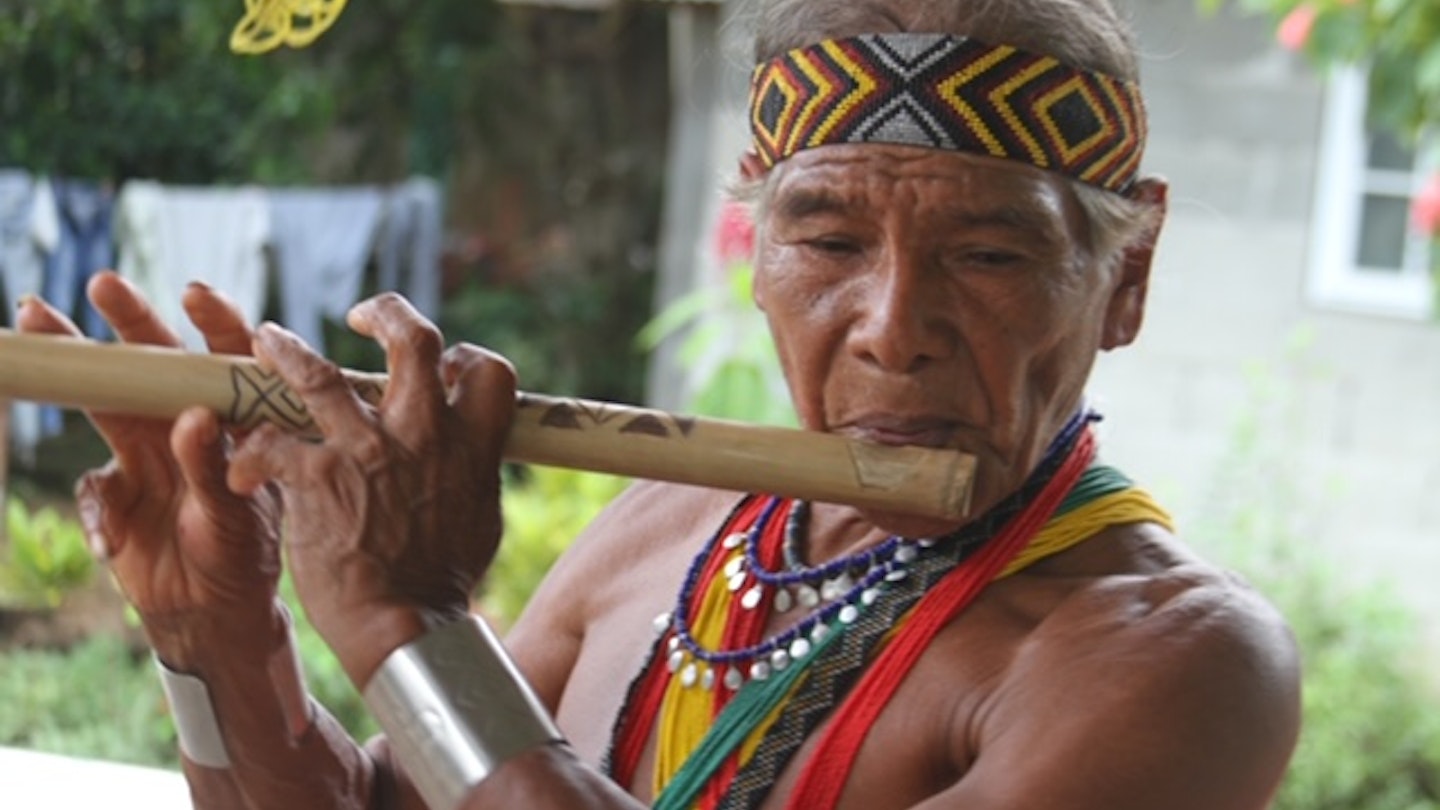Discover Panama’s New Sustainable Tourism Circuit: Indigenous Panama
Panama is developing a new sustainable tourism circuit that will celebrate the unique cultural and natural heritages of its Indigenous peoples.
Introducing Indigenous Panama
Indigenous Panama aims to shine a light on the country’s pre-Columbian cultures as well as its seven living Indigenous peoples: Bribrí, Naso Tjerdi, Ngäbe, Buglé, Guna, Wounaan, and Emberá. This initiative emphasizes sustainability and includes vibrant elements such as dance, music, handicrafts, traditional medicine, gastronomy, ecological hiking, and site museums. Developed by the Panama Tourism Authority in conjunction with the National Chamber of Indigenous Tourism, the proposed circuit is part of an overall strategy to introduce visitors to Panama’s storied history.
Diverse Experiences Await
The circuit will begin with visits to pre-Columbian burial sites and the El Caño archaeological park. Moreover, it will encompass wildlife-watching in the jungles of Darién, raft rides through the Panama Canal Watershed, and opportunities for leatherback-turtle preservation initiatives. Participants will have the chance to visit cacao farms and coffee plantations as well as engage in mangrove reforestation projects, birdwatching, waterfall hikes, ethnobotany, basket-weaving, and interpretive hiking trails. This array of diverse experiences focuses on the ecological riches of the Panama Canal basin and the Caribbean beaches of the archipelago of Guna Yala (San Blas), all with the support of local communities.

Community Benefits and Capacity Building
According to Panama’s minister of tourism, Ivan Eskildsen, “We believe that the Indigenous Panama tourism circuit can have a substantial positive impact on the livelihood of our Indigenous peoples, not only because of the attractiveness of their living millenary traditions but also due to the pristine nature they preserve.” He emphasized that this initiative prioritizes communities that, although facing economic poverty, possess a rich natural and cultural heritage. Consequently, it represents a great opportunity for sustainable economic development that aims to leave no one behind.
Future Development and Training Programs
Workshops focusing on governance, product development, branding, marketing, and overall strategy are scheduled in the upcoming months. Furthermore, training programs will highlight best practices in hospitality and customer service, language instruction, storytelling, sustainable procedures for fair trade, waste management, and efficient clean energy.
Mr. Eskildsen adds, “The members of the communities must understand the importance of preserving their traditions. This preservation will become an additional source of income, but it must remain authentic to ensure sustainability in the future. Our goal is to assist these communities in enhancing their existing tourism products while keeping in mind the critical importance of heritage preservation.” For more information, please visit visitpanama.com.





